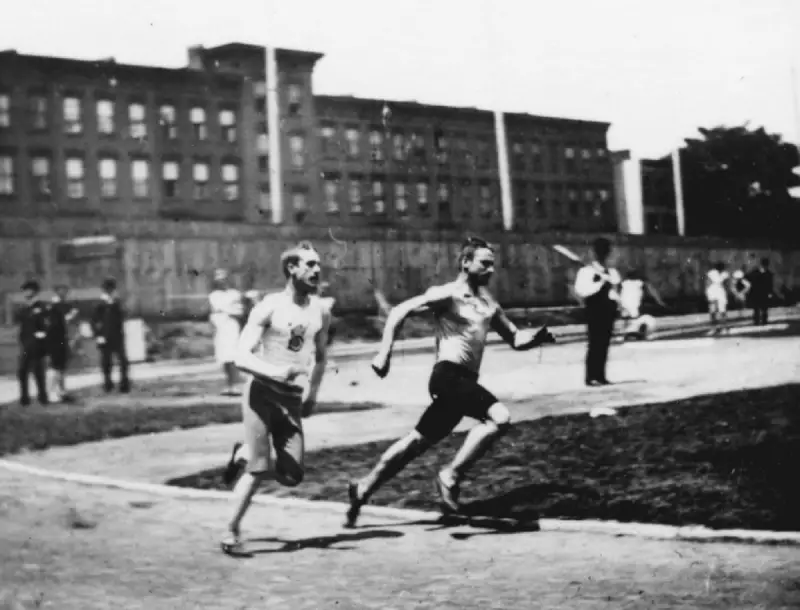
A treasure trove of previously unseen photographs by George Bradford Brainerd has emerged, offering an extraordinary window into 19th century New York City life. The collection, compiled in a new publication, showcases the city's transformation during a period of rapid urban evolution.
The Man Behind the Lens
George Bradford Brainerd, working as an engineer for the Brooklyn Water Department from 1870 until his untimely death in 1887, pursued photography with remarkable dedication. His position provided unique access to the city's infrastructure and daily life, allowing him to document aspects of New York rarely seen by contemporary photographers.
Capturing a City in Motion
Brainerd's photographs stand out for their candid quality, predating the street photography movement that would emerge decades later. His images capture:
- Construction of the Brooklyn Bridge and other infrastructure projects
- Everyday street scenes with residents going about their daily routines
- Architectural details of buildings since lost to time
- Industrial landscapes along the waterfront
- Natural spaces within the growing urban environment
Technical Innovation and Artistic Vision
Working with the challenging wet-plate collodion process, Brainerd demonstrated both technical mastery and artistic sensibility. His photographs reveal a careful composition and attention to detail that elevates them beyond mere documentation. The collection includes approximately 2,000 glass plate negatives preserved by the Brooklyn Museum.
Historical Significance
These images provide invaluable insight into a New York poised between its past and future. They capture the city at a critical juncture, documenting both the old ways of life and the emerging modern metropolis. The photographs serve as essential historical records, preserving moments that would otherwise be lost to urban development and time.
Legacy and Publication
The new book compiling Brainerd's work represents the first comprehensive presentation of his photographic achievements. It positions him as a significant figure in American photography whose contributions have been overlooked for too long. The collection offers contemporary viewers a chance to experience 19th century New York through the eyes of one of its most observant residents.





